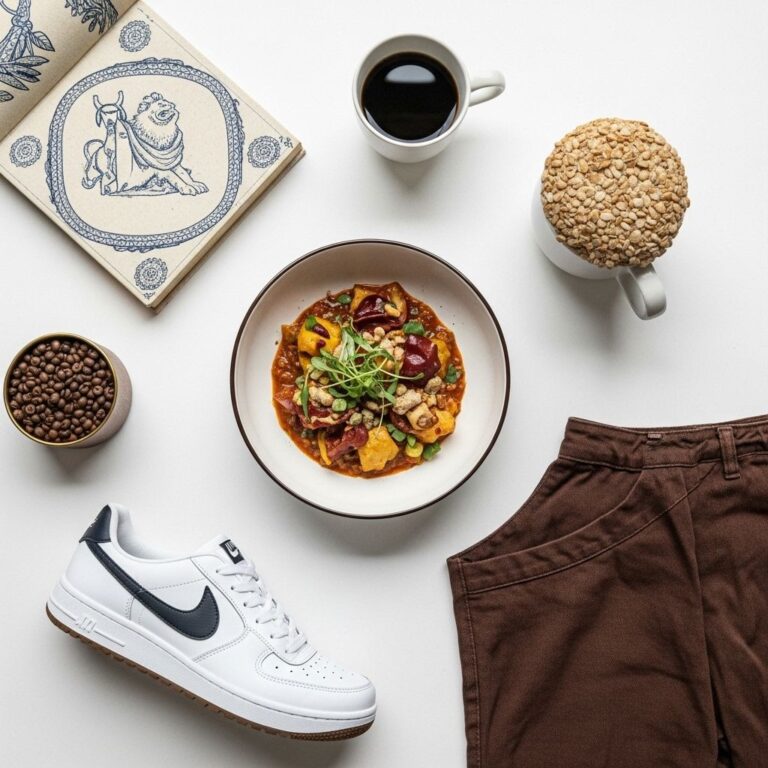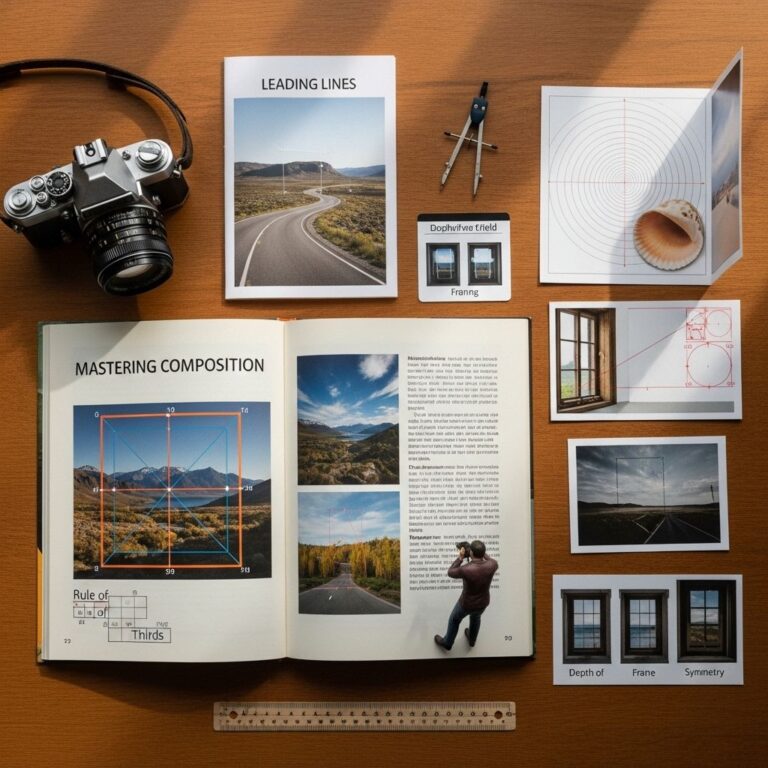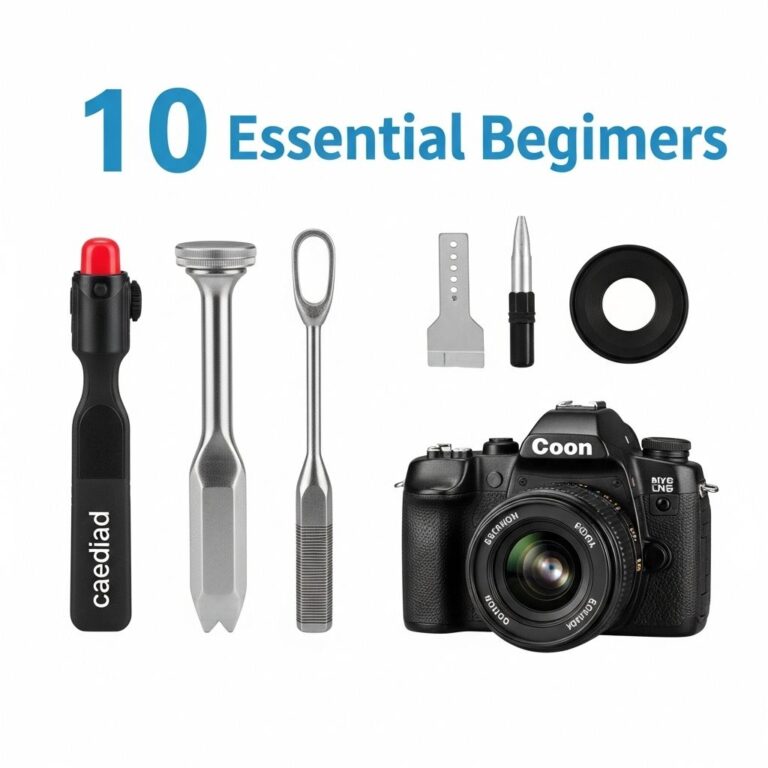Understanding your camera settings can transform your photography from ordinary to extraordinary. The ability to master basic camera settings in 2025 is crucial for both novice and experienced photographers. This guide will explore essential camera settings, provide practical tips, and offer insights on how to optimize your camera for various shooting scenarios.
Table of Contents
Understanding Exposure
Exposure is the amount of light that reaches your camera sensor, and it significantly impacts the quality of your images. The three critical components of exposure are:
- Aperture: The size of the lens opening, measured in f-stops. A wider aperture (like f/1.8) lets in more light but has a shallower depth of field.
- Shutter Speed: The duration the camera’s shutter is open, measured in seconds or fractions of a second. A faster shutter speed (like 1/1000s) freezes motion, while a slower speed (like 1s) can create motion blur.
- ISO: The sensitivity of your camera sensor to light. A lower ISO (like 100) results in less noise, while a higher ISO (like 3200) allows for shooting in low-light conditions at the expense of noise.
Balancing the Exposure Triangle
Mastering the exposure triangle involves balancing aperture, shutter speed, and ISO to achieve the desired exposure. Here are some practical tips:
- When shooting in bright conditions, use a low ISO and fast shutter speed.
- In low light, increase the ISO and consider using a wider aperture.
- To isolate your subject, use a wide aperture; for landscapes, use a smaller aperture to maximize depth of field.
White Balance
White balance adjusts the color temperature of your images, ensuring that whites appear neutral and colors are accurate. Incorrect white balance can lead to color casts that distort the overall mood of your photographs.
Common White Balance Presets
Most cameras provide various white balance presets:
| Preset | Color Temperature (Kelvin) | Best Use |
|---|---|---|
| Auto | N/A | General shooting |
| Sunny | 5200K | Outdoor daylight |
| Cloudy | 6000K | Overcast conditions |
| Tungsten | 3200K | Indoor lighting |
| Fluorescent | 4000K | Fluorescent light |
Custom White Balance
For the most accurate results, consider using a custom white balance setting. This involves taking a picture of a neutral gray card in the same lighting conditions as your subject and setting your camera’s white balance to match.
Focus Modes
Choosing the right focus mode can significantly affect the sharpness of your images. Most modern cameras offer several focusing options:
- Single-Point AF: Ideal for still subjects; you can select the focus point manually.
- Continuous AF: Great for moving subjects; the camera adjusts focus continuously.
- Automatic AF: The camera decides the best focus point but may not always be reliable in complex scenes.
Tips for Achieving Sharp Focus
To ensure your subjects are in sharp focus:
- Use a tripod to minimize camera shake, especially in low light.
- Use a fast shutter speed to freeze motion.
- Focus on the eyes when photographing portraits.
Composition Techniques
In addition to technical settings, composition plays a pivotal role in photography. Applying basic composition techniques can transform your images:
Rule of Thirds
The rule of thirds suggests dividing your frame into a 3×3 grid and placing your subject along these lines or at their intersections to create balance.
Leading Lines
Use natural lines within your scene to lead the viewer’s eye towards the subject, enhancing visual interest.
Post-Processing Considerations
In 2025, post-processing has become an integral part of photography. Learning to use software like Adobe Lightroom or Photoshop can elevate your images. Here are key post-processing techniques:
- Adjust Exposure: Fine-tune the exposure levels to bring out details.
- Color Correction: Adjust white balance and saturation for accurate colors.
- Sharpening: Enhance image sharpness to make details pop.
Learning Resources
To further improve your photography skills, consider these resources:
- Online courses on platforms like Skillshare or Udemy.
- Photography blogs and YouTube tutorials.
- Local photography clubs for hands-on experience and critique.
Conclusion
Mastering basic camera settings in 2025 is essential for producing high-quality photographs. By understanding exposure, white balance, focus modes, and composition techniques, you can enhance your photography skills and capture stunning images. Embrace post-processing to bring your artistic vision to life, and continue to explore the vast resources available to further your knowledge. The world of photography is constantly evolving, so stay curious and keep learning!
FAQ
What are the essential camera settings for beginners in 2025?
In 2025, essential camera settings include ISO, aperture, and shutter speed. Understanding how these settings interact will help you achieve better exposure and creative effects in your photography.
How can I adjust ISO for different lighting conditions?
Adjusting ISO involves increasing the sensitivity of your camera’s sensor to light. In bright conditions, use a lower ISO (100-400), while in low light, increase it (800-3200 or higher) to avoid underexposed images.
What is the difference between aperture and shutter speed?
Aperture controls the amount of light entering the camera and affects depth of field, while shutter speed determines how long the sensor is exposed to light, influencing motion blur and exposure.
How do I achieve the perfect exposure in my photos?
To achieve perfect exposure, balance ISO, aperture, and shutter speed according to your shooting environment. Use the camera’s exposure meter as a guide and adjust settings accordingly.
Can I use manual mode on my camera effectively in 2025?
Yes, using manual mode in 2025 allows you to have full control over ISO, aperture, and shutter speed. It’s a great way to enhance your photography skills and achieve desired results.
What are some tips for mastering camera settings quickly?
Practice regularly, experiment with different settings in various lighting conditions, and review your images to understand the effects of each adjustment. Online tutorials and photography communities can also be helpful.









